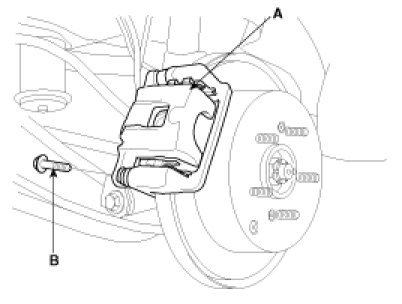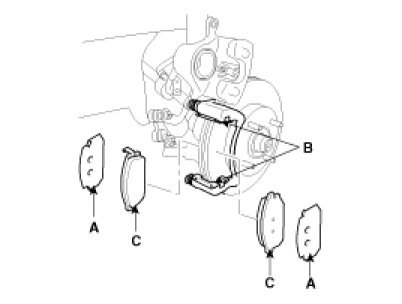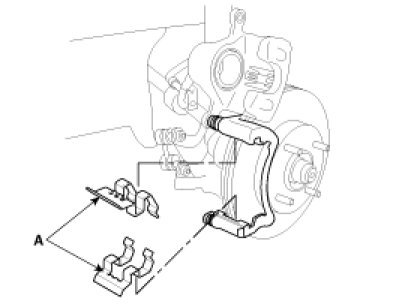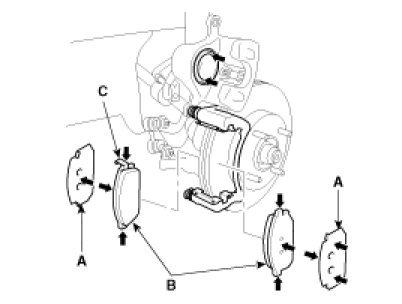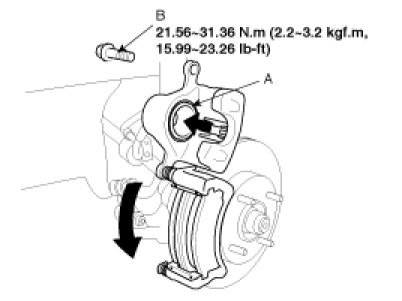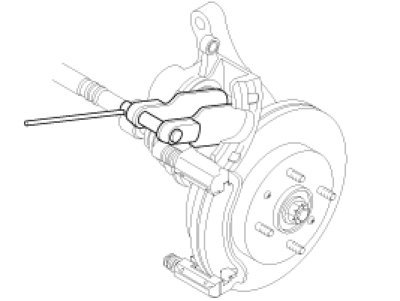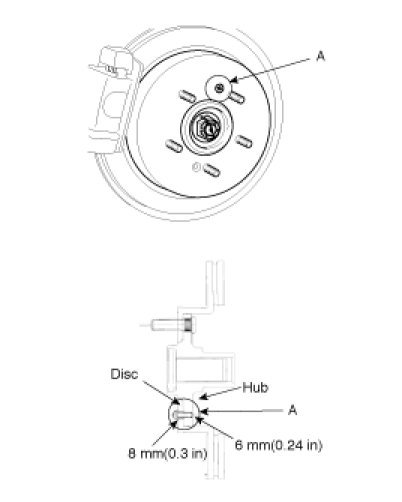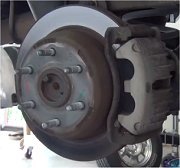Hi,
Replacing rear brake pads and rotors really isn't too hard. If you do it yourself, make sure to get lifetime parts so you won't have to pay for them again in the future. Also, you can expect rear brake pads to last approximately 30,000 miles. However, that varies based on driving habits and terrain.
To start, here is a link that shows in general how it is done. You can use this as a guide.
https://youtu.be/G5M_xKIxUb4
and
https://www.2carpros.com/articles/how-to-replace-rear-brake-pads-and-rotors
Here are the directions specific to your vehicle for replacement. The pics below correlate with the directions.
2009 Hyundai Sonata L4-2.4L
Repair Procedures
Vehicle Brakes and Traction Control Disc Brake System Brake Pad Service and Repair Removal and Replacement Rear Disc Brake Repair Procedures
REPAIR PROCEDURES
Removal
1. Raise the rear of the vehicle and make sure it is securely supported. Remove the rear wheel.
2. Remove the guide rod bolt(B), After raising the caliper assembly(A), support it with a wire.
3. Remove pad shim(A), pad retainer(B) and pad assembly(C) in the caliper bracket.
Installation
1. Install the pad retainers(A) on the caliper bracket.
2. Check for foreign material between the pad shim (A) and the back of the pads (B).
3. Contaminated brake discs or pads reduce stopping ability. Keep grease off the discs and pads.
4. Install the brake pads (B) and pad shims (A) correctly. Install the pad with the wear indicator (C) on the inside.
If you are reusing the pads, always reinstall the brake pads in their original position to prevent a momentary loss of braking efficiency.
5. Push in the piston (A) so that the caliper will fit over the pads. Make sure that the piston boot is in position to prevent damaging it when pivoting the caliper down.
6. Pivot caliper down into position. Being careful not to damage the pin boot, install the guide rod bolt (B) and torque it to proper specification
NOTE:
Insert the piston in the cylinder using the special tool(09581-11000).
7. Depress the brake pedal several time to make sure the brakes work, then test-drive.
NOTE:
Engagement of the brake may require a greater pedal stroke immediately after the brake pads have been replaced as a set. Several applications of the brake will restore the normal pedal stroke.
8. After installation, check for leaks at hose and line joints or connections, and retighten if necessary.
Rear Brake Rotor/Disc
Vehicle Brakes and Traction Control Disc Brake System Brake Rotor/Disc Service and Repair Procedures Rear Brake Rotor/Disc
REAR BRAKE ROTOR/DISC
Seizing Of Rear Brake Disc
1. Remove the brake disc from hub using an M8 screw(A) if the brake disc has been seized with the hub due to corrosion or overheating.
NOTE:
Be careful not to use a hammer. The disc can be damaged if you remove the disc from the hub by hammering.
Check out the diagrams (Below). Please let us know if you need anything else to get the problem fixed. Joe
Images (Click to make bigger)
Thursday, March 11th, 2021 AT 8:28 PM
